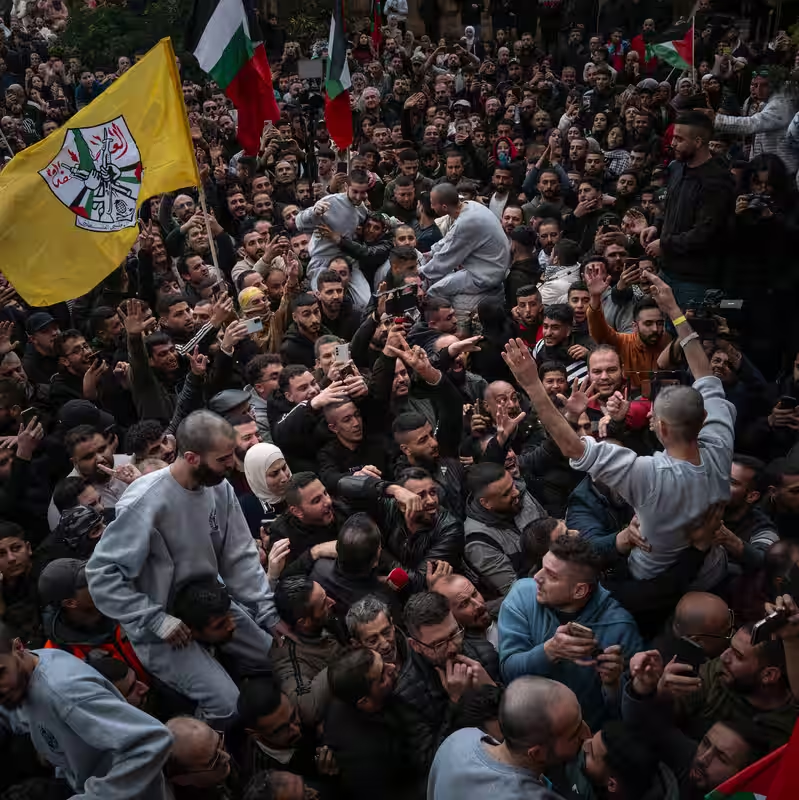Table of Contents
- Overview of the Prisoner Release Agreement
- Families React: Tears of Joy and Anguish
- The Bitter Condition of Exile
- Who’s Being Released—and Who’s Left Behind
- Background: The Gilboa Prison Escape and Life Sentences
- Sources
Overview of the Prisoner Release Agreement
In a historic move tied to the latest Israel-Hamas ceasefire deal, Israel has agreed to release approximately 250 Palestinian prisoners serving life sentences—many of whom will face exile rather than return home. Additionally, around 1,700 Gazans detained during the war but not linked to the October 7, 2023 attacks will also be freed.
The agreement comes as Hamas prepares to release the remaining 48 hostages it holds in Gaza, though Israeli intelligence estimates only about 20 are still alive. This prisoner exchange marks one of the most significant diplomatic developments in the ongoing conflict.
Families React: Tears of Joy and Anguish
For families like that of Eham Kamamji, 39, the news brought overwhelming relief. “We have been accepting God’s fate in the worst conditions,” said his father, Fuad Kamamji. “But now, we are feeling a joy we haven’t known in a long time.”
Eham, arrested in 2006 and convicted for the kidnapping and murder of Israeli settler Eliyahu Asheri, has spent nearly two decades behind bars—much of it in solitary confinement following his dramatic escape from Gilboa Prison in 2021.
Yet not all families shared in this moment of celebration. For those whose loved ones were excluded from the release list, the announcement was a devastating blow—reigniting grief and uncertainty.
The Bitter Condition of Exile
While freedom is on the horizon for many, it comes with a painful caveat: exile. Eham Kamamji, like numerous others on the list, will not be allowed to return to his hometown of Jenin in the West Bank. Instead, he will be deported to a third country—cut off from his family, community, and homeland.
This condition has sparked criticism from human rights advocates, who argue that forced exile violates international norms and deepens the trauma of families already scarred by years of separation.
Who’s Being Released—and Who’s Left Behind
| Category | Number of Prisoners | Status |
|---|---|---|
| Palestinians serving life sentences | ~250 | Most to be exiled |
| Gazans detained during war (non-Oct. 7 linked) | ~1,700 | Expected to return home |
| Prisoners excluded from deal | Unknown | Families left in despair |
According to Israeli government documents, most of the life-sentence prisoners acknowledged their roles in attacks but framed their actions as part of armed resistance—a narrative that remains deeply polarizing.
Background: The Gilboa Prison Escape and Life Sentences
The 2021 Gilboa Prison escape—dubbed the largest Palestinian jailbreak in over two decades—involved six inmates, including Eham Kamamji, who tunneled out using spoons and plates. The incident embarrassed Israeli security forces and led to harsher detention conditions, including prolonged solitary confinement for the escapees.
Many of those now slated for release were convicted in connection with attacks dating back to the Second Intifada and beyond, reflecting the long arc of the Israeli-Palestinian conflict.




